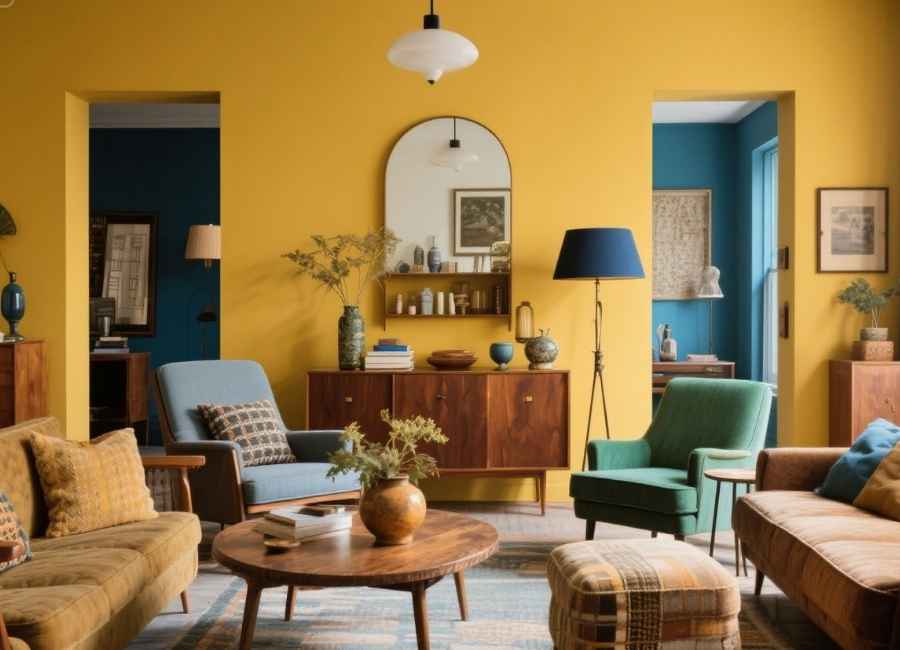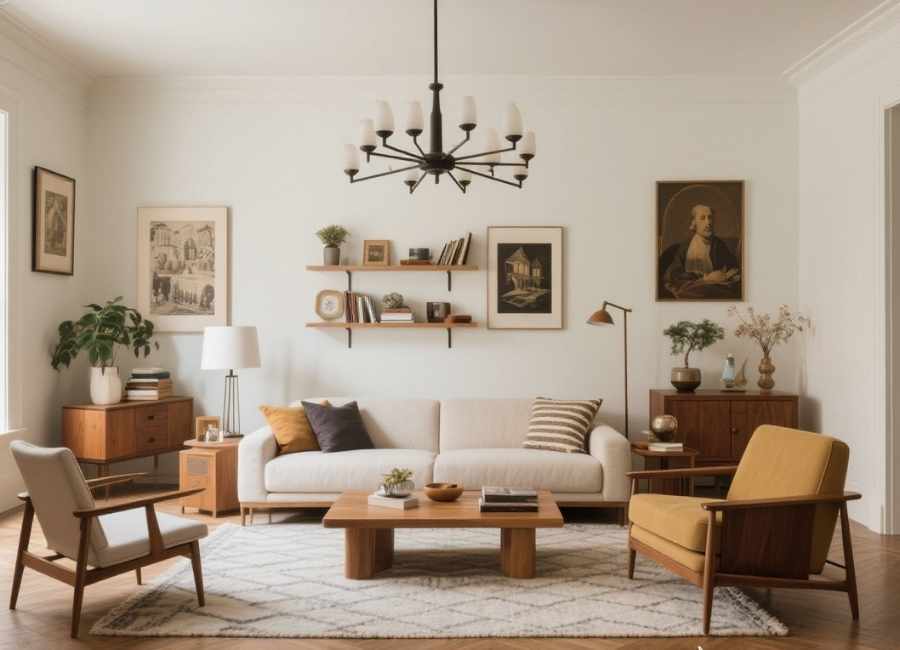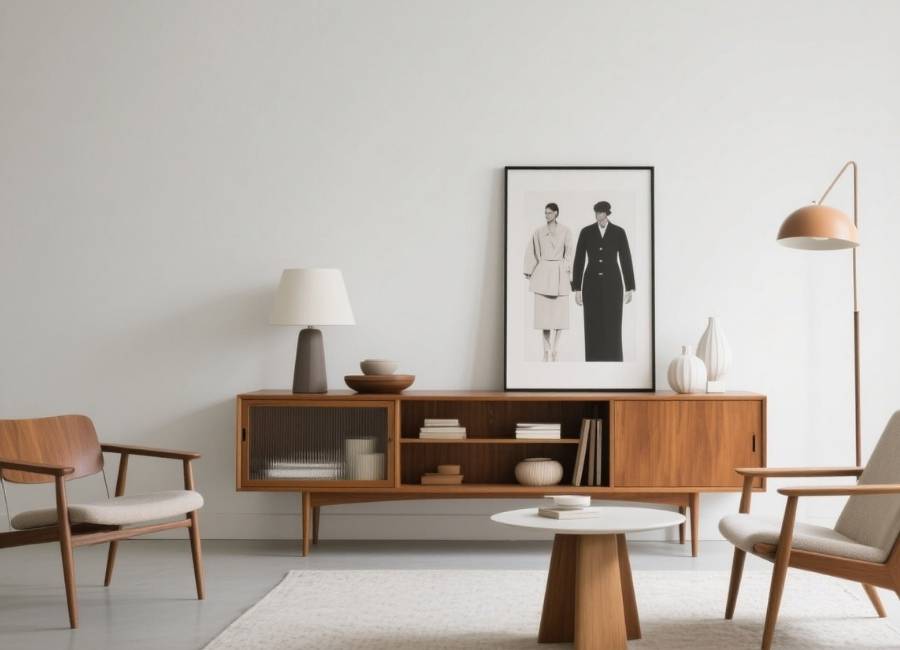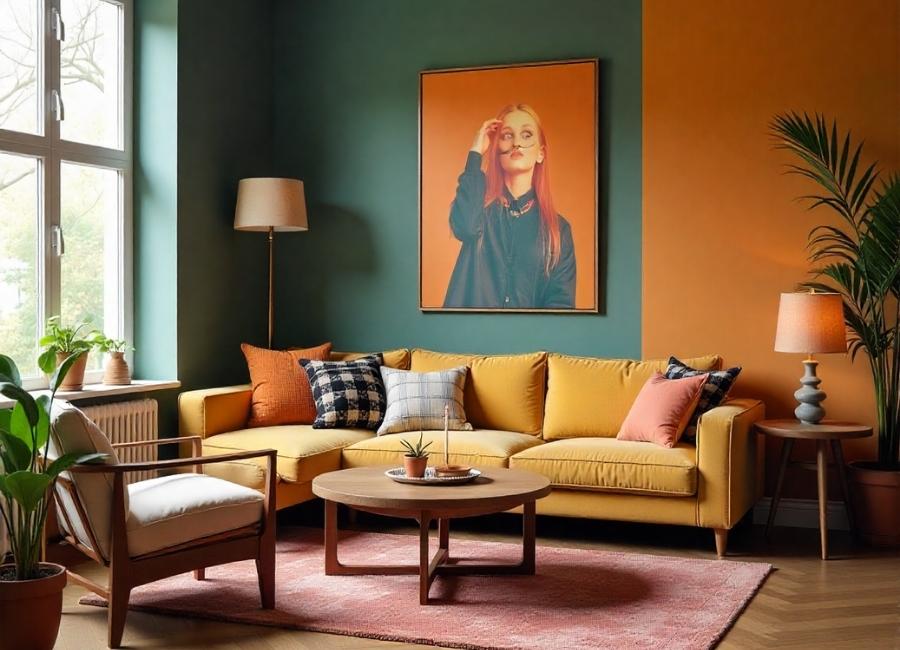The art of blending past and present design eras has become one of the biggest trends in interior design, fashion, and even brand aesthetics. This exciting movement, often referred to as “mixing eras,” is gaining popularity for its ability to create distinctive, personalized, and layered looks. But how do you master the art of combining elements from different times without creating visual chaos?
This blog will explore how mixing eras is reshaping design trends, provide actionable tips for artfully blending styles, and highlight real-life examples to spark your creativity. Whether you’re redecorating your living space, curating your wardrobe, or working on a brand redesign, this guide will help you create a harmonious and timeless yet unique style.
Why Mixing Eras in Design Trends is Taking Over

Blending design elements from various eras isn’t a fad; it’s a strategic way to create character and tell a story through style. Here’s why this trend is captivating creators and audiences alike:
- Personalization: It allows designers, homeowners, or curators to infuse personal tastes into their creations, combining sentimental vintage with modern functionality.
- Sustainability: Mixing eras often encourages the use of vintage or antique items, aligning with eco-conscious values by reducing the demand for fast, disposable trends.
- Timeless Quality: Pairing modern minimalism with mid-century furniture, or futuristic tech elements with classic art deco, achieves the perfect balance between trending aesthetics and lasting appeal.
- Cultural Value: By layering items from different time periods, you can reflect a rich cultural or historical tapestry that resonates with meaning and context.
The result? Spaces, fashion, or content that feels deeply personal, timeless, and thought-provoking. But to achieve this, there’s an art to blending eras that avoids “style confusion.”
Key Principles for Mixing Eras in Design

Creating a cohesive design while blending elements from various centuries or decades can be daunting. Follow these key principles to keep your creative process on track.
1. Start with a Dominant Style
When blending eras, choose one style as the dominant aesthetic that sets the tone of the design. For example, if you’re designing a mid-century modern living room, start by grounding the space with iconic mid-century furniture pieces like an Eames lounge chair or a Noguchi coffee table, and then layer in accents from other eras.
Pro Tip: Keep the dominant style present in at least 70% of your composition. The remaining 30% can be an eclectic mix of secondary styles.
2. Find Common Threads
To harmonize different eras, identify common elements that tie them together, such as color schemes, shapes, or materials. For example, a Victorian settee reupholstered in modern minimalist fabric creates cohesion between the past and present.
Using a consistent color palette across pieces from different eras can also help unify the overall composition.
3. Use Contrast to Your Advantage
Don’t be afraid to play with contrast. That’s the beauty of mixing eras! Pair ornate, traditional details with sleek, minimalist elements for bold juxtapositions. For instance, an antique gilded mirror can make a stunning statement above a simple modern console table.
Example: Pair Parisian-inspired moldings with contemporary lighting fixtures to keep spaces feeling innovative yet timeless.
4. Prioritize Balance and Scale
Even when mixing eras, the proportions of each item must work within the context of the design. For instance, if you’re pairing a vintage oversized velvet armchair with a contemporary low-profile sofa, ensure their visual weight is balanced.
Pro Tip: Don’t overcrowd the space. Ensure there’s room for each era to “breathe.”
5. Experiment with Textures
One of the most effective ways to blend eras is by layering textures. Antique rugs, smooth marble countertops, and soft, contemporary throws can create tactile interest in a room.
This same principle applies to fashion or branding. Imagine contrasting the softness of vintage lace with the edginess of modern leather in an outfit.
6. Tell a Story with Focal Pieces
Every era has its iconic pieces. Use those as conversation starters that reflect the mood you want to create. Large inherited furniture, handpicked vintage chandeliers, or retro posters can serve as statement pieces that ground the entire look.
Example: A sleek contemporary gallery wall combined with a vintage Chesterfield sofa can instantly draw the eye while telling a compelling narrative.
Real-Life Examples of Era Mixing in Design

Looking for inspiration? Here are a few successful applications of mixing eras in interior and fashion design.
Mid-Century Meets Minimalism
Imagine a 1960s mid-century sideboard paired with Scandinavian minimalist décor. The two styles complement each other beautifully, balancing retro warmth with modern simplicity.
Rustic Coupled with Industrial
This popular combination pairs raw, rustic wood furniture with edgy industrial fixtures like exposed pipes or metal chairs. It’s particularly effective in dining areas or open-plan loft spaces.
Boho Thinks Outside the Box
Boho is a style category that lends itself well to era mixing. Tie together textiles from the ‘70s, art deco lamps, and contemporary geometric prints for a free-spirited yet curated look.
Why Mixing Eras Works Beyond Interiors
While blending eras is a staple in interior design, this trend extends far beyond home décor.
Fashion
Mixing vintage pieces with modern elements is a surefire way to create a unique, edgy wardrobe. Think of pairing a retro band tee with a tailored blazer and sleek boots.
Branding
Brands can craft a timeless identity by mixing retro aesthetics with cutting-edge design. For example, logos using classic typography alongside minimalist modern layouts resonate across demographics.
Elevate Your Style by Blending Eras
Mixing eras is a creative way to reflect personality, celebrate history, and ensure your design transcends fleeting trends. Whether you’re designing a home space, wardrobe, or even a logo, thoughtfully blending styles from different eras can yield stunning results.
Need personalized advice? Start experimenting today with a vintage find or a high-quality contemporary piece, or consult with a designer to bring your vision to life.











